Articles for Physicians - Articles by Doctors › Medical Articles › Radical Prostatectomy - A Treatment of Prostate Cancer
What a Radical Prostatectomy:
Radical Prostatectomy is a surgery related to removal of prostate. It is done to cure the prostate cancer. When the prostate gland is affected by cancerous cells, in early stages, it is recommended to remove the prostate gland and tissues surrounding it. The radical prostatectomy is performed traditionally by open surgery or by laparoscopic surgery through small incisions. But now doctors are performing with the help of robots, such surgeries are called as Robotic Radical Prostatectomy. MPUH is the second hospital in India to use robots in such surgeries.
The prostate is bounded by nerves and structures that are necessary for urination and sexual function, thus care must be taken to diminish wound that can lead to side effects such as incontinence, blood in urine and erectile dysfunction.
Surgeon suggests the radical prostatectomy treatment to the patients when
• If cancer has not spread outside the prostate and
• If the patient is younger rather than older and have a high grade tumor
How Radical Prostatectomy is done
Radical prostatectomy is usually effective in treating prostate cancer that has not spread. This is called early-stage cancer. A radical prostatectomy is carried out by expert surgeons. They take the entire prostate gland with the goal of getting clear of all the cancerous cells. Following surgery, the stage of the cancer can be resolute based on how far it has spread. Along with the prostate gland the surgeon also removes the nearby tissues and the pipes that carry semen (seminal vesicles). They then close the wound. If cancer has spread, advanced cancer may grow even after the prostate has been removed.
Below are the Approaches for the Radical Prostatectomy:
Open Surgery: Depending upon the case, the surgeons make a long scar either in lower belly or in perineum. Thus there are two approaches of open surgery:
• Radical retro pubic prostatectomy – When the scar is made in lower belly, it is termed as Retro pubic Approach, where surgeons may remove lymph nodes as well, so as to test in laboratory. The scar is long and deep so as to reach to the prostate gland.
• Perineal approach: Here the scar is made in perineum, and the recovery time is shorter than the retro pubic approach.
Laparoscopic Surgery: Several small incisions are made in the lower belly. Surgeons then insert the instrument called laparoscope and camera and then perform the surgery. They remove the prostate gland through other incisions. The recovery period is shorter than the open surgery.
Robotic Radical Prostatectomy: Here the surgeons use robot to reach to the prostate gland. The use of robots is very beneficial because surgeon directly targets the prostate without affecting any other organ. This is advantageous because patient has very less blood loss and surrounding vital organs are sparred. This results in faster recovery. Use of robots required skilled doctors to operate.
How the Surgery is Done:
Once the localized cancer is detected after the initial tests, your date of surgery is decided. Depending upon the tumor, doctors may decide which type of surgery is required – Open, Laparoscopic or Robotic Patient is given local anesthesia. Generally such surgery would last up to 4 hours. Sometime along with the prostate, lymph nodes are also removed so as to check for cancer spreading.
• A urinary catheter is kept in patient’s bladder to drain urine
• After the surgery, patient is kept under observation for few days
• The catheter will be removed after five days
• A routine check-up is required after one month of surgery
Risk Factors:
Radical Prostatectomy is one of the major surgeries in men, but it is not as dangerous as surgeries such as heart surgery. There are common risk factors such as
• Allergy to Anesthesia
• Blood loss or infection
• Wound to the rectum
• Erection difficulties
Common Post-Operative Complications:
• Constipation: This is very common side effects after any major operation. If anyone feels uncomfortable then the surgeons allow taking 2 senna tablets at. Don’t strain to open your bowels.
• Incontinence: Not able to control urination is called Incontinence. The severity to in continence is depending upon how severe the cancer and how much it is spread.
• Impotence: Men are not being able to erect their penis is called Impotence or Erectile Dysfunction. It is one of the common problems after such surgery.
• Blood in the urine: This is common both before, and after surgery. The catheter is kept in bladder to remove the urine. It is removed after 5 days.
• Damage to the urethra and / or rectum
• Very rarely (in less than 1% of cases) there is injury to the rectum requiring a temporary colostomy.
• Very small risk of death (as with any major surgery).
Because of the use of robotics in such type of surgeries, the risk is lowered to certain extent.
Advantages of Radical Prostatectomy Surgery
• The true phase (extent) and rating (aggressiveness) of the cancer can be determined.
• Surgery is made with High Definition 3D vision and 360 Degree angular moment, which enables surgeon to perform surgery with great accuracy.
• If the cancer is narrowed to the prostate, and the whole gland is removed, surgery should be healing.
• Less pain, less scarring, less blood loss to patient
• Faster recovery
• Surgery is made on targeted organ; hence many vital organs are sparred with results in fewer complications.
Radical Prostatectomy is a surgery related to removal of prostate. It is done to cure the prostate cancer. When the prostate gland is affected by cancerous cells, in early stages, it is recommended to remove the prostate gland and tissues surrounding it. The radical prostatectomy is performed traditionally by open surgery or by laparoscopic surgery through small incisions. But now doctors are performing with the help of robots, such surgeries are called as Robotic Radical Prostatectomy. MPUH is the second hospital in India to use robots in such surgeries.
The prostate is bounded by nerves and structures that are necessary for urination and sexual function, thus care must be taken to diminish wound that can lead to side effects such as incontinence, blood in urine and erectile dysfunction.
Surgeon suggests the radical prostatectomy treatment to the patients when
• If cancer has not spread outside the prostate and
• If the patient is younger rather than older and have a high grade tumor
How Radical Prostatectomy is done
Radical prostatectomy is usually effective in treating prostate cancer that has not spread. This is called early-stage cancer. A radical prostatectomy is carried out by expert surgeons. They take the entire prostate gland with the goal of getting clear of all the cancerous cells. Following surgery, the stage of the cancer can be resolute based on how far it has spread. Along with the prostate gland the surgeon also removes the nearby tissues and the pipes that carry semen (seminal vesicles). They then close the wound. If cancer has spread, advanced cancer may grow even after the prostate has been removed.
Below are the Approaches for the Radical Prostatectomy:
Open Surgery: Depending upon the case, the surgeons make a long scar either in lower belly or in perineum. Thus there are two approaches of open surgery:
• Radical retro pubic prostatectomy – When the scar is made in lower belly, it is termed as Retro pubic Approach, where surgeons may remove lymph nodes as well, so as to test in laboratory. The scar is long and deep so as to reach to the prostate gland.
• Perineal approach: Here the scar is made in perineum, and the recovery time is shorter than the retro pubic approach.
Laparoscopic Surgery: Several small incisions are made in the lower belly. Surgeons then insert the instrument called laparoscope and camera and then perform the surgery. They remove the prostate gland through other incisions. The recovery period is shorter than the open surgery.
Robotic Radical Prostatectomy: Here the surgeons use robot to reach to the prostate gland. The use of robots is very beneficial because surgeon directly targets the prostate without affecting any other organ. This is advantageous because patient has very less blood loss and surrounding vital organs are sparred. This results in faster recovery. Use of robots required skilled doctors to operate.
How the Surgery is Done:
Once the localized cancer is detected after the initial tests, your date of surgery is decided. Depending upon the tumor, doctors may decide which type of surgery is required – Open, Laparoscopic or Robotic Patient is given local anesthesia. Generally such surgery would last up to 4 hours. Sometime along with the prostate, lymph nodes are also removed so as to check for cancer spreading.
• A urinary catheter is kept in patient’s bladder to drain urine
• After the surgery, patient is kept under observation for few days
• The catheter will be removed after five days
• A routine check-up is required after one month of surgery
Risk Factors:
Radical Prostatectomy is one of the major surgeries in men, but it is not as dangerous as surgeries such as heart surgery. There are common risk factors such as
• Allergy to Anesthesia
• Blood loss or infection
• Wound to the rectum
• Erection difficulties
Common Post-Operative Complications:
• Constipation: This is very common side effects after any major operation. If anyone feels uncomfortable then the surgeons allow taking 2 senna tablets at. Don’t strain to open your bowels.
• Incontinence: Not able to control urination is called Incontinence. The severity to in continence is depending upon how severe the cancer and how much it is spread.
• Impotence: Men are not being able to erect their penis is called Impotence or Erectile Dysfunction. It is one of the common problems after such surgery.
• Blood in the urine: This is common both before, and after surgery. The catheter is kept in bladder to remove the urine. It is removed after 5 days.
• Damage to the urethra and / or rectum
• Very rarely (in less than 1% of cases) there is injury to the rectum requiring a temporary colostomy.
• Very small risk of death (as with any major surgery).
Because of the use of robotics in such type of surgeries, the risk is lowered to certain extent.
Advantages of Radical Prostatectomy Surgery
• The true phase (extent) and rating (aggressiveness) of the cancer can be determined.
• Surgery is made with High Definition 3D vision and 360 Degree angular moment, which enables surgeon to perform surgery with great accuracy.
• If the cancer is narrowed to the prostate, and the whole gland is removed, surgery should be healing.
• Less pain, less scarring, less blood loss to patient
• Faster recovery
• Surgery is made on targeted organ; hence many vital organs are sparred with results in fewer complications.
Article By: Center for Robotic Surgery
History of Telomere and Telomerase
Painless Knee Replacement Surgery! Is It Possible?
Effectiveness of Lauric Acid and Adrographis Extract on Skin Pathogens
ART Laboratory and ART Equipments
Commonly found IBD symptoms
When Eyes Cry: The Cure to Dry Eyes
Lipoprotein lipase for treating Atherosclerosis.
Use of Statistics in Hospital and Healthcare Organizations
Impact of Clinical Pharmacist in an Anticoagulation Management Service in several countries
Abnormal Heart Rate Recovery Immediately After Treadmill Testing : Correlation with Clinical, Exercise Testing, and Myocardial Perfusion Parameters
Application of Statistics in Hospital and Healthcare Organizations
A Polypill Offering Empty Hope
Diabetes Mellitus
Hypoxia: Deadly killer in Anesthesia
insulin pumps coming in 2015
use of statistics in healthcare
articles by doctors
how are statistics used in hospitals
new insulin pumps for 2015
articles on doctors
abruptio placenta case study
dermabond propen
how are statistics used in hospitals
articles for doctors
medical articles for doctors
how statistics are used in hospitals
abruptio placentae case study
Hypokalemia case study
how do hospitals use statistics
Misuse of statistics in healthcare
medical articles written by doctors
doctors articles
best insulin pumps 2015
how are statistics used in the hospital
how are statistics used in healthcare
articles written by doctors
using statistics in healthcare
statistics used in healthcare
miller fisher syndrome
articles for physicians
articles about doctors
mss
use of statistics in hospitals
role of statistics in healthcare
improper use of statistics
Role of statistics in healthcare organizations
statistics in healthcare management
statistics in healthcare
physician articles
new insulin pumps 2015
mss
hypokalemic periodic paralysis case study
how is statistics used in healthcare
statistics used in hospitals
how statistics are used in healthcare
anaemic hypoxia
physician articles
how to use dermabond pen
how do hospitals use statistics
doctors article
Article about doctors
use of statistics in healthcare
use of statistics in health care
polypill disadvantages
Most Read
New Articles
Most Viewed
Most Downloads
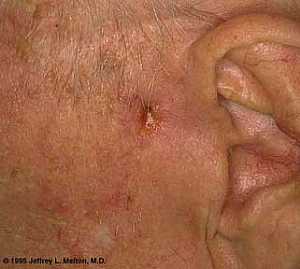 Basal Cell Carcinoma ("Rodent Ulcer" Type)
Basal Cell Carcinoma ("Rodent Ulcer" Type)
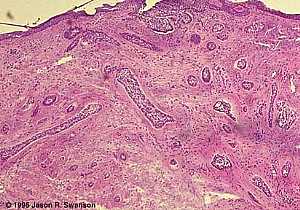 Basal Cell Carcinoma (Histology-Morpheaform Type)
Basal Cell Carcinoma (Histology-Morpheaform Type)
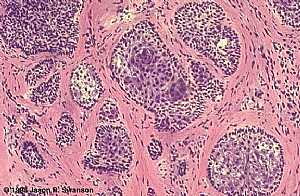 Basal Cell Carcinoma (Histology-Nodular Type - High power)
Basal Cell Carcinoma (Histology-Nodular Type - High power)
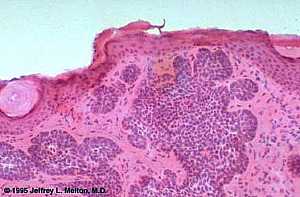 Basal Cell Carcinoma (Histology-Nodular Type- High power)
Basal Cell Carcinoma (Histology-Nodular Type- High power)
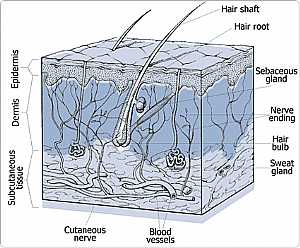 Skin
Skin
 Nervous System -- Basic
Nervous System -- Basic
 Brain anatomy
Brain anatomy
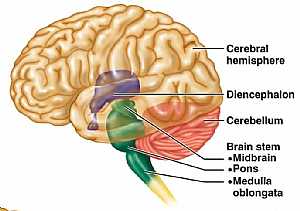 Brain anatomy
Brain anatomy
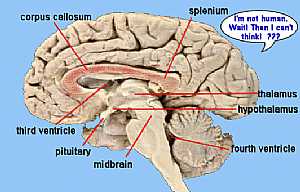 Brain anatomy
Brain anatomy
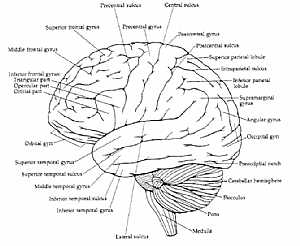 Brain anatomy
Brain anatomy
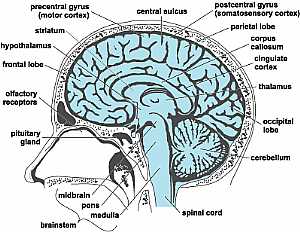 Head anatomy
Head anatomy
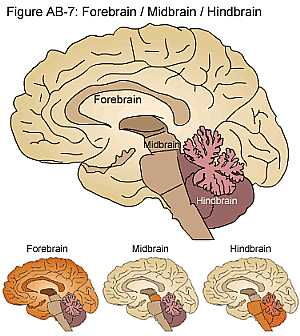 Brain anatomy
Brain anatomy
eDoctorOnline.com does not provide medical advice, diagnosis or treatment.
© Copyright 2001-2022 eDoctorOnline.com
© Copyright 2001-2022 eDoctorOnline.com

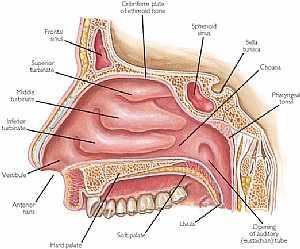 Nose anatomy
Nose anatomy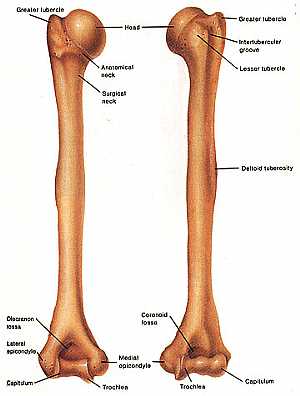 Humerus bone
Humerus bone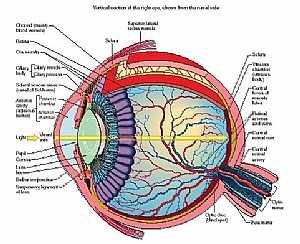 Eye anatomy
Eye anatomy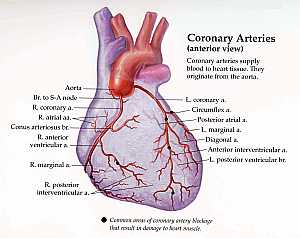 Coronary arteries anatomy
Coronary arteries anatomy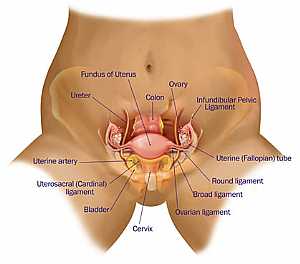 Female pelvic anatomy
Female pelvic anatomy Heart and lung anatomy
Heart and lung anatomy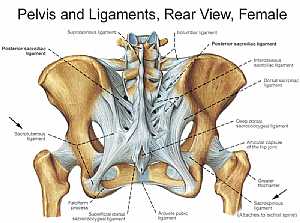 Bones and ligaments of the FEMALE Pelvis
Bones and ligaments of the FEMALE Pelvis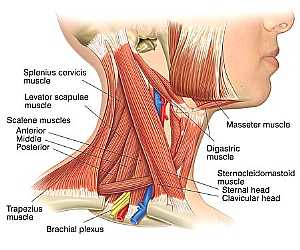 Neck Anatomy
Neck Anatomy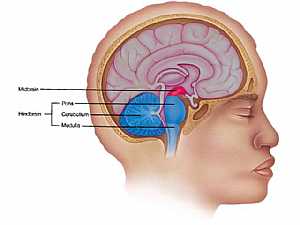 MidBrain anatomy
MidBrain anatomy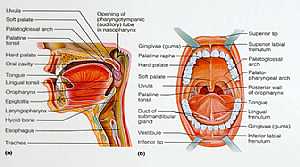 Oral Cavity
Oral Cavity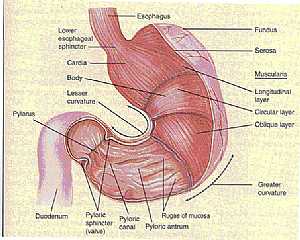 Stomach anatomy
Stomach anatomy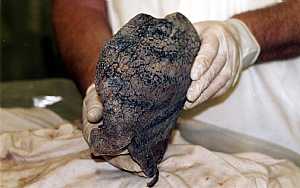 Lung anatomy
Lung anatomy Basal Cell Carcinoma ("Rodent Ulcer" Type)
Basal Cell Carcinoma ("Rodent Ulcer" Type) Basal Cell Carcinoma (Histology-Morpheaform Type)
Basal Cell Carcinoma (Histology-Morpheaform Type) Basal Cell Carcinoma (Histology-Nodular Type - High power)
Basal Cell Carcinoma (Histology-Nodular Type - High power) Basal Cell Carcinoma (Histology-Nodular Type- High power)
Basal Cell Carcinoma (Histology-Nodular Type- High power) Skin
Skin Nervous System -- Basic
Nervous System -- Basic Brain anatomy
Brain anatomy Brain anatomy
Brain anatomy Brain anatomy
Brain anatomy Brain anatomy
Brain anatomy Head anatomy
Head anatomy Brain anatomy
Brain anatomy
Be the first one to comment on this article!